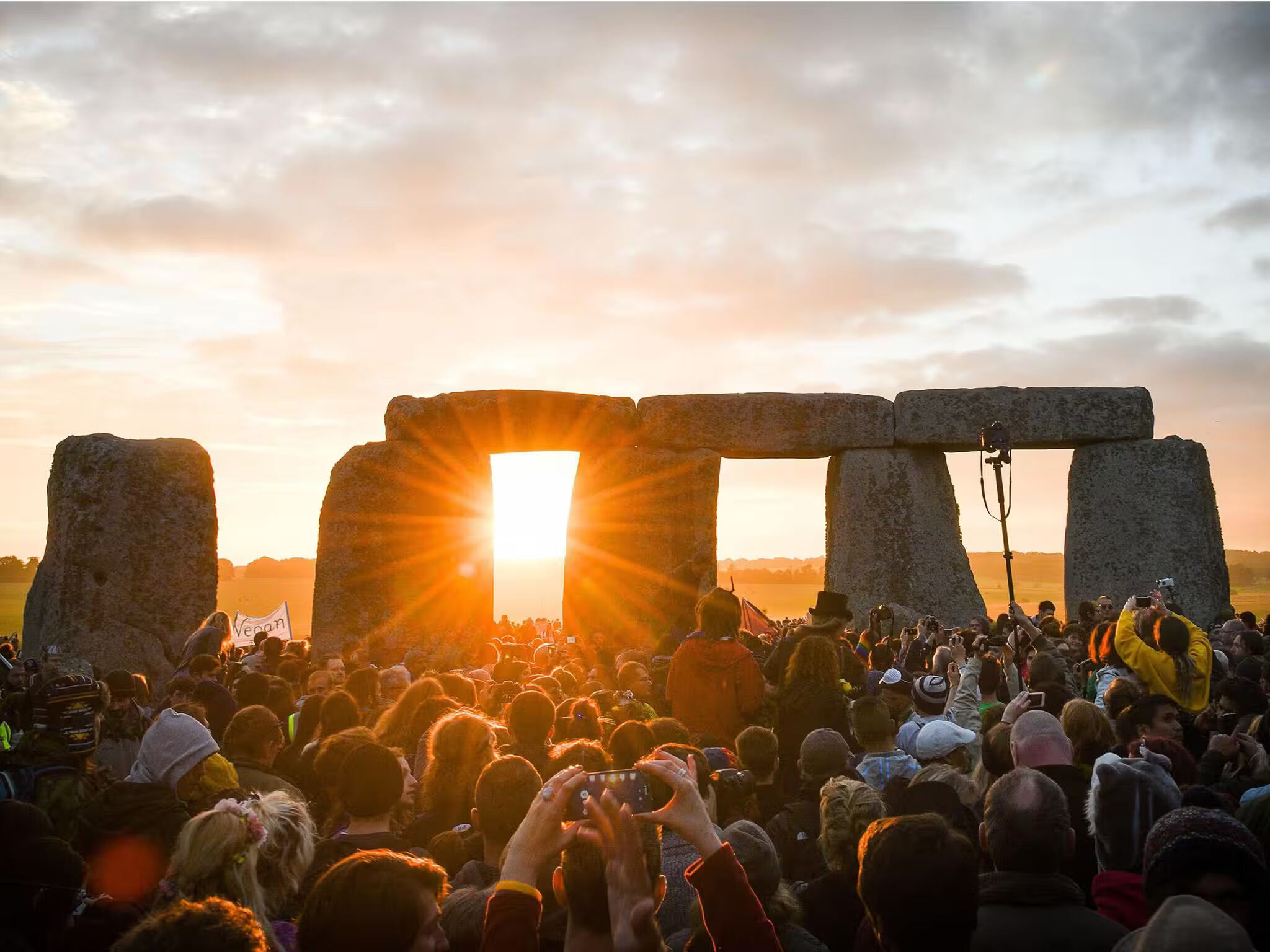
What makes the 2025 Solstice special? The 2025 Solstice is unique because it marks the longest day of the year in the Northern Hemisphere and the shortest in the Southern Hemisphere. This astronomical event happens when the Earth's axial tilt is closest to the sun. People around the world celebrate this day with various traditions and festivals. From Stonehenge gatherings in England to the Midnight Sun Marathon in Norway, the Solstice brings people together. It's also a time when ancient cultures believed the sun held special powers. Whether you're a science enthusiast or just love a good celebration, the 2025 Solstice offers something for everyone.
What is the Solstice?
The solstice marks the time when the sun reaches its highest or lowest point in the sky at noon, resulting in the longest or shortest day of the year. In 2025, the solstice will bring some fascinating phenomena and events. Here are some intriguing facts about the 2025 solstice.
The Date and Time
Understanding when the solstice occurs is essential for appreciating its significance.
- The summer solstice in 2025 will occur on June 21st.
- The winter solstice will take place on December 21st.
- The exact moment of the summer solstice will be at 14:38 UTC.
- The winter solstice will happen at 03:03 UTC.
Astronomical Significance
The solstice has profound implications for our planet and its position in the solar system.
- During the summer solstice, the North Pole is tilted closest to the sun.
- Conversely, the winter solstice sees the South Pole tilted closest to the sun.
- The solstice marks the point when the sun appears to stand still before reversing direction.
- The word "solstice" comes from the Latin words "sol" (sun) and "sistere" (to stand still).
Cultural Celebrations
Many cultures around the world celebrate the solstice with unique traditions and festivals.
- In Sweden, Midsummer is celebrated with dancing around the maypole.
- Stonehenge in England attracts thousands of visitors to witness the sunrise on the solstice.
- In ancient Egypt, the summer solstice signaled the start of the Nile's flooding season.
- The Inti Raymi festival in Peru honors the sun god Inti with music and dance.
Environmental Impact
The solstice also affects the environment in various ways.
- The summer solstice brings the longest day of the year, providing more daylight for photosynthesis.
- The winter solstice results in the shortest day, leading to longer nights and cooler temperatures.
- Animals often use the solstice as a cue for migration or hibernation patterns.
- The solstice can influence weather patterns, contributing to seasonal changes.
Fun Facts
Here are some lesser-known tidbits about the solstice that might surprise you.
- The Arctic Circle experiences 24 hours of daylight during the summer solstice, known as the Midnight Sun.
- During the winter solstice, the Antarctic Circle has 24 hours of darkness, called Polar Night.
- The solstice has been celebrated for thousands of years, with evidence of rituals dating back to the Neolithic period.
- Some people believe that the solstice has mystical properties, attributing it to various myths and legends.
The Final Countdown
The 2025 Solstice isn't just another date on the calendar. It's packed with astronomical wonders, cultural significance, and scientific intrigue. From the longest day of the year to ancient rituals, this event has fascinated humans for centuries. Whether you're a stargazer, a history buff, or just someone who loves a good fact, there's something magical about this time of year.
Mark your calendars, gather your friends, and maybe even plan a little celebration. The Solstice is a reminder of our connection to the cosmos and each other. So, get ready to enjoy the longest day, soak up the sun, and maybe learn a thing or two. The 2025 Solstice promises to be a day filled with wonder and discovery. Don't miss out on this celestial event that brings us all a bit closer to the stars.
Was this page helpful?
Our commitment to delivering trustworthy and engaging content is at the heart of what we do. Each fact on our site is contributed by real users like you, bringing a wealth of diverse insights and information. To ensure the highest standards of accuracy and reliability, our dedicated editors meticulously review each submission. This process guarantees that the facts we share are not only fascinating but also credible. Trust in our commitment to quality and authenticity as you explore and learn with us.
